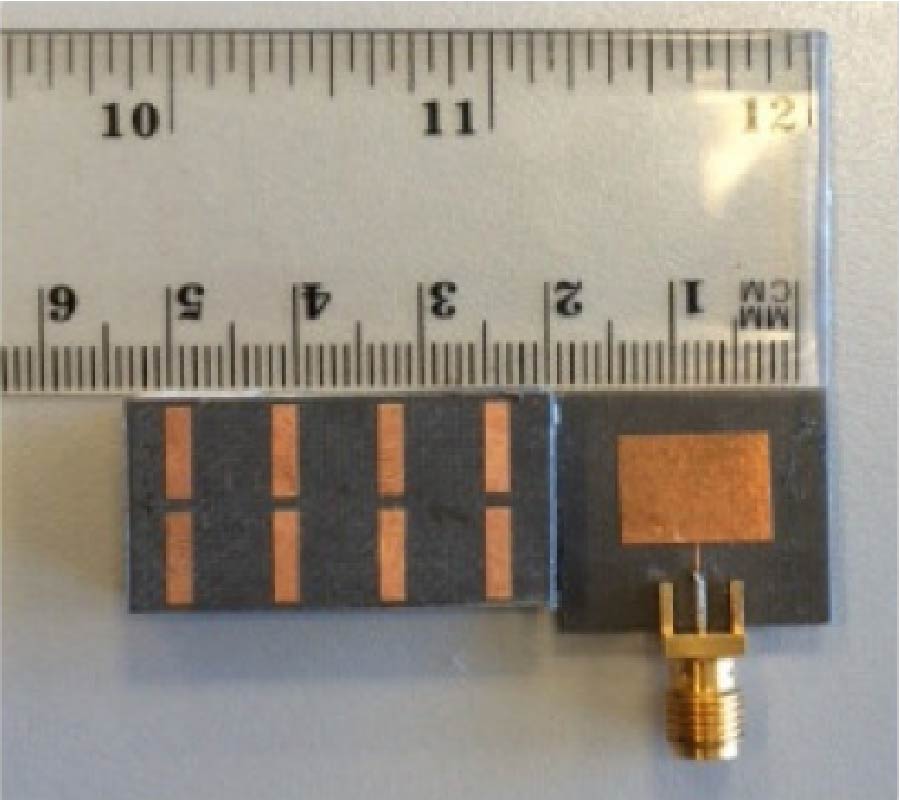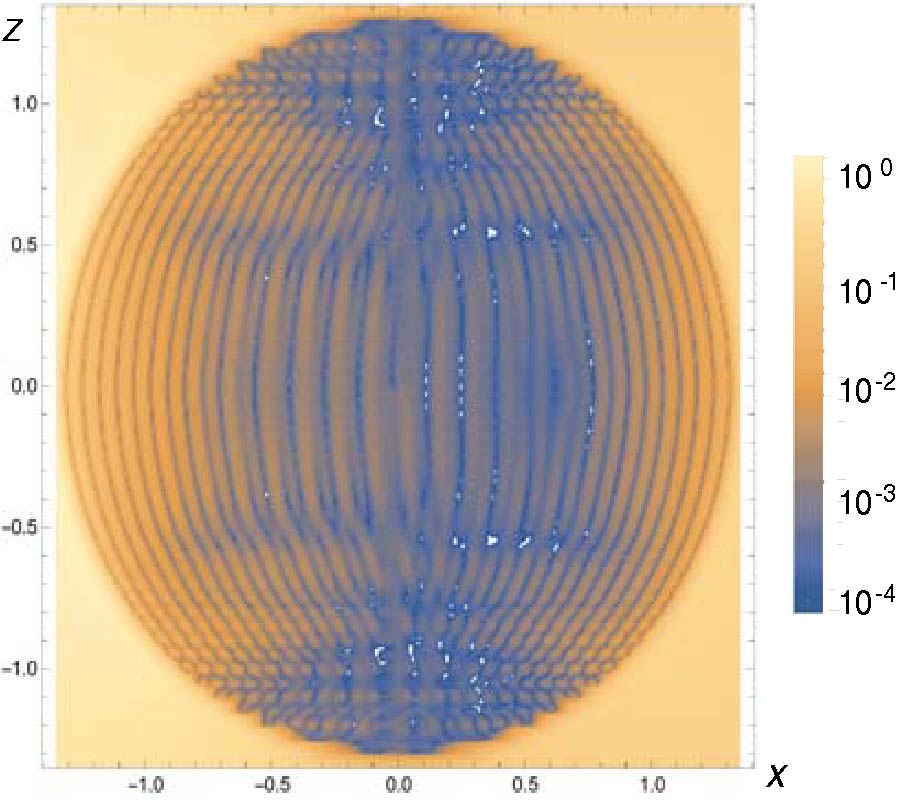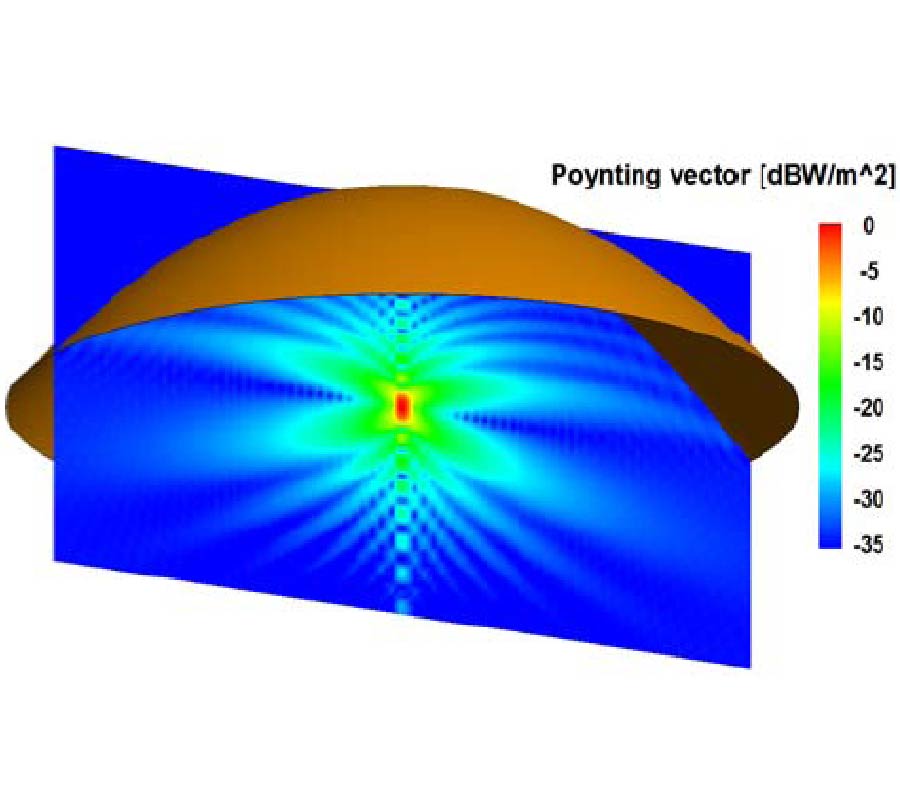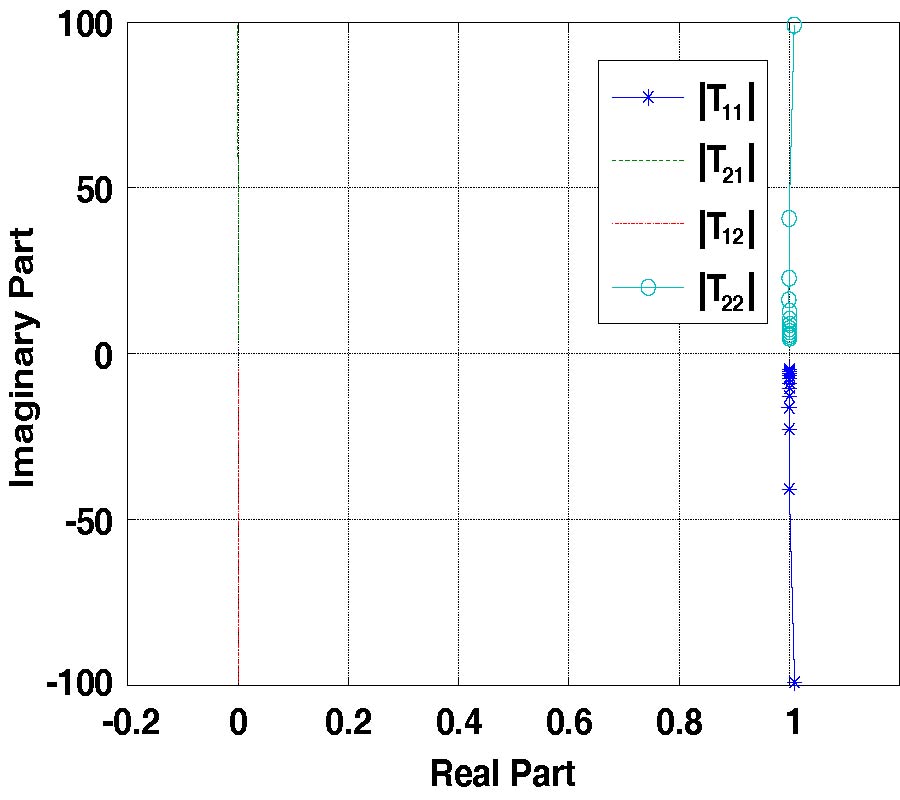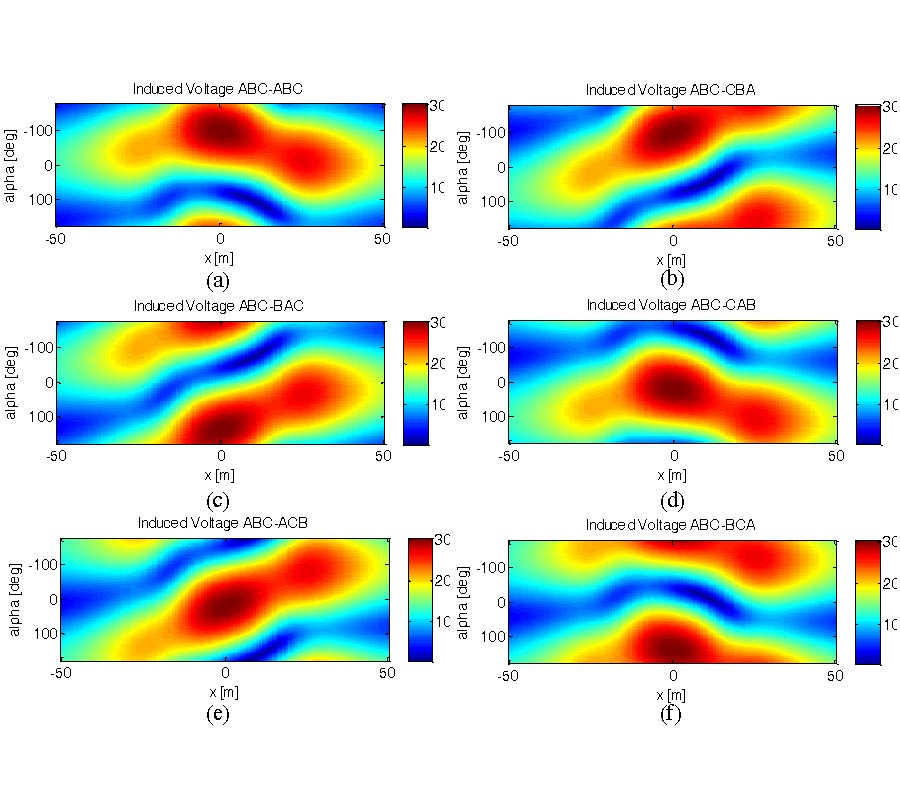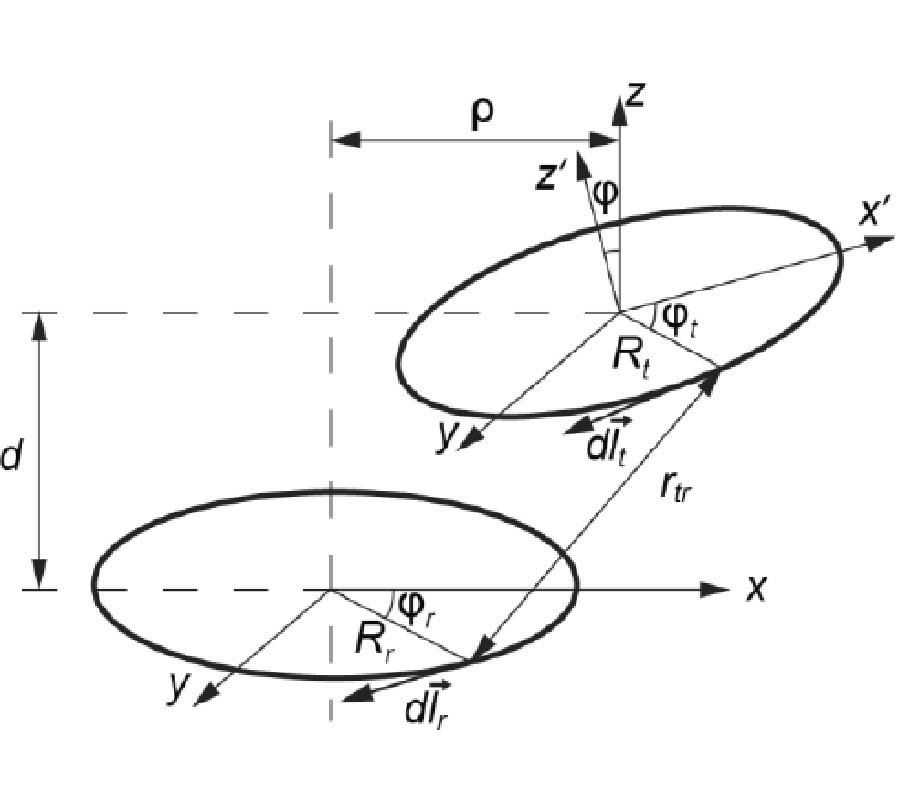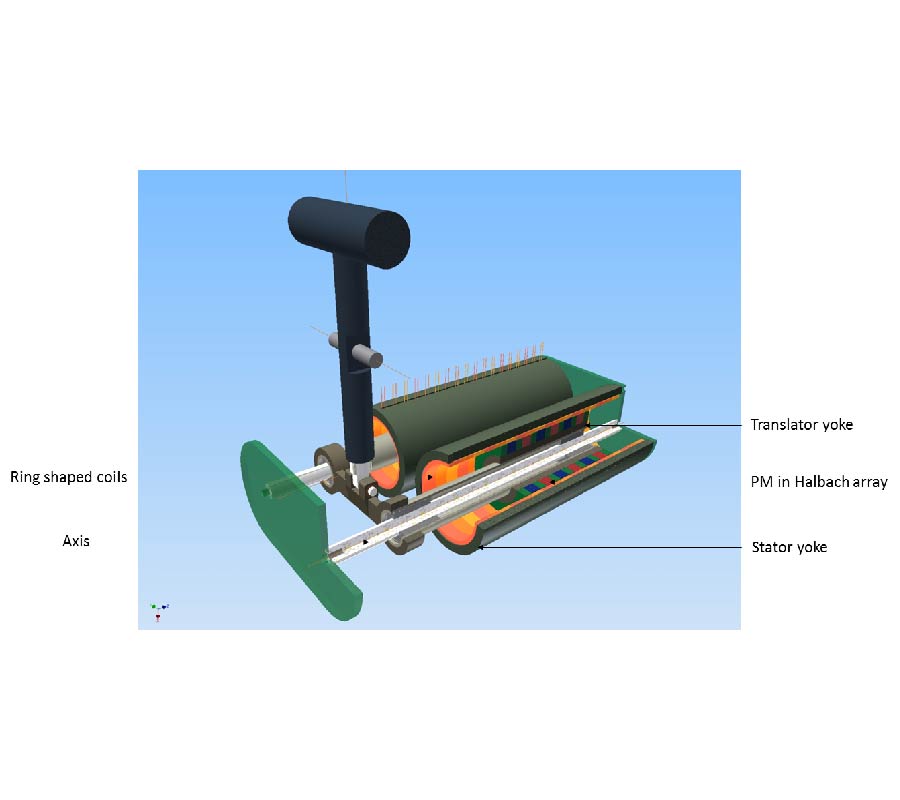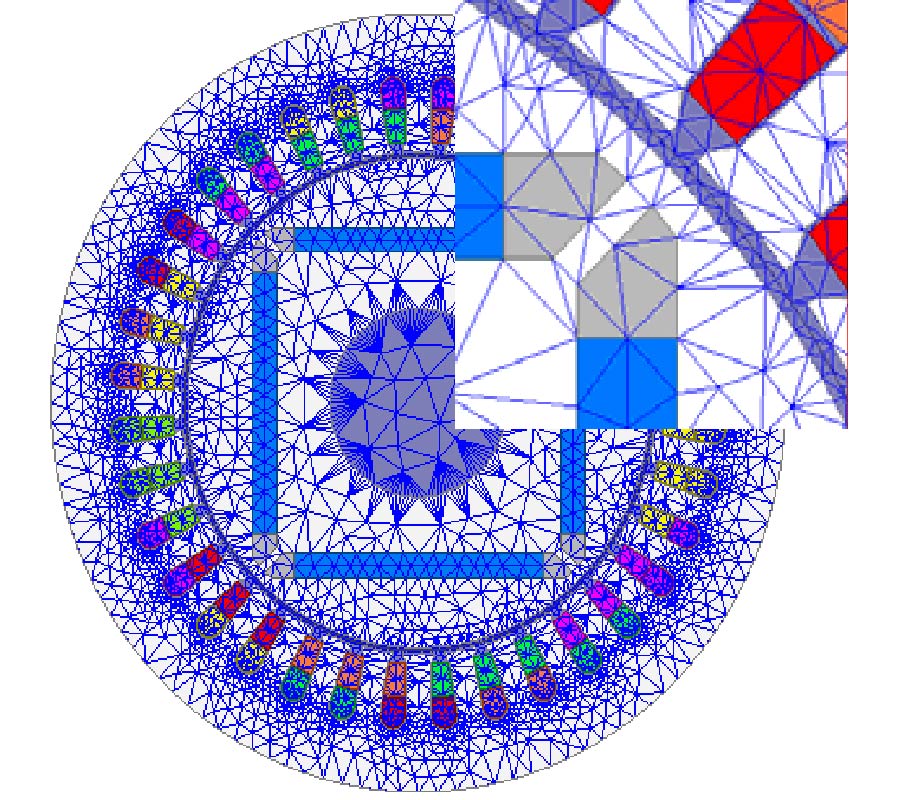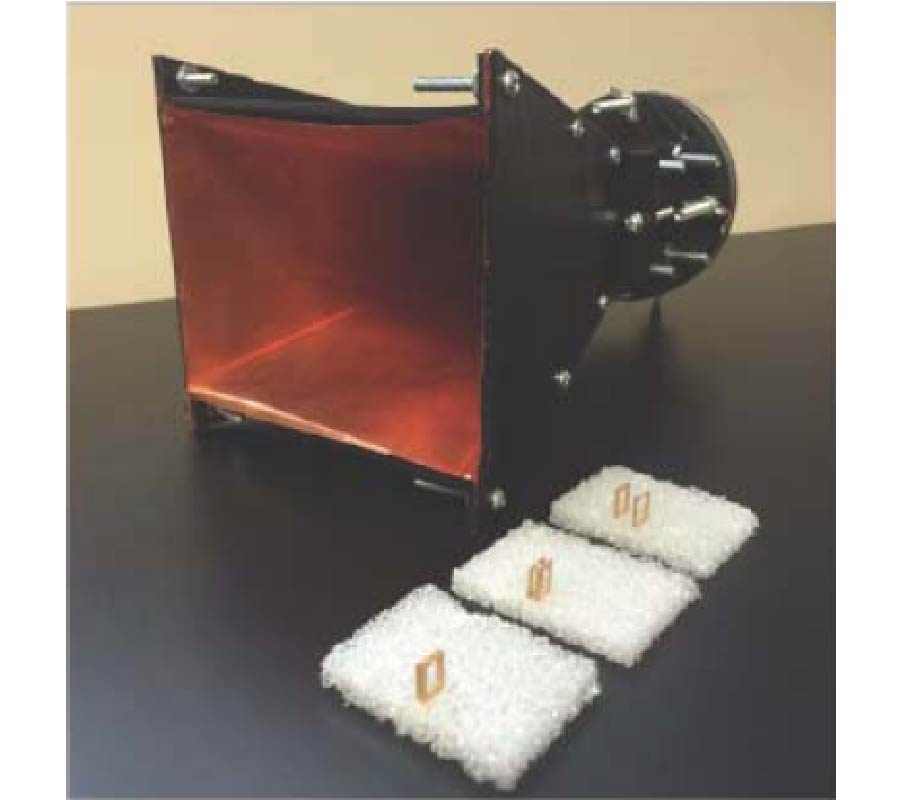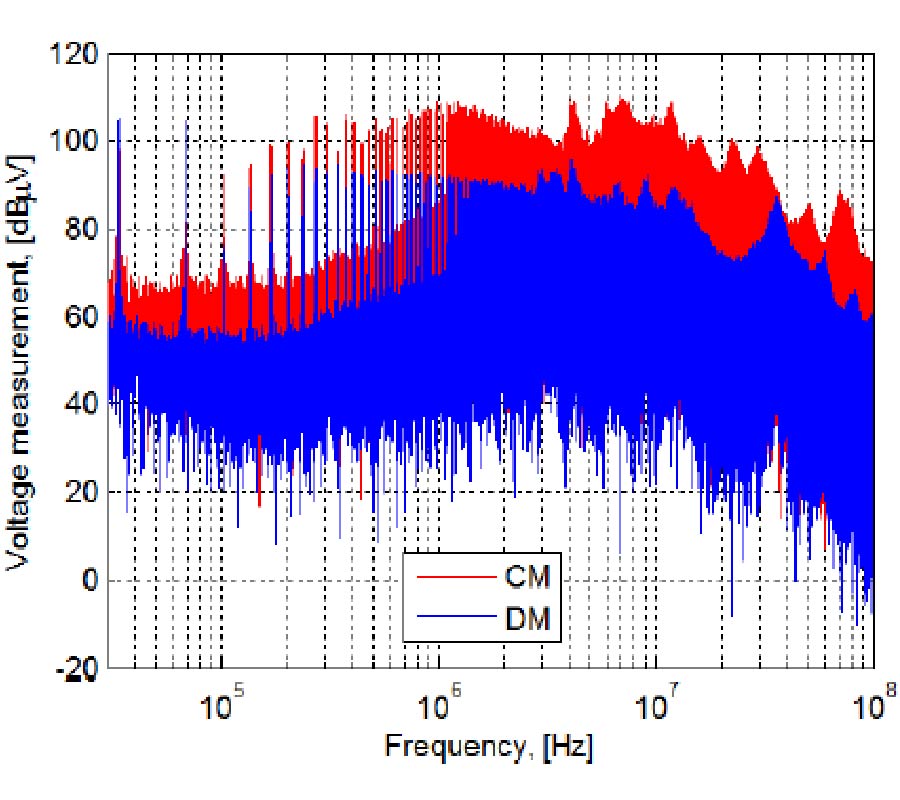Modelling and Simulation of Conducted Emissions in the Powertrain of Electric Vehicles
Giordano Spadacini,
Flavia Grassi and
Sergio A. Pignari
In the general framework of intelligent transportation, the increasing use of information communication technology in full or hybrid electric vehicles requires careful assessment of electromagnetic compatibility, with specific reference to the conducted emissions (CE) generated by the inverter in a broad frequency range (10 kHz-100 MHz). To this aim, this work reports a modelling approach for the prediction of CE in electric powertrains, which is based on circuit representation of each single subsystem, that is, the battery, the inverter, the three-phase synchronous motor, and the power buses composed of shielded cables. The proposed models are able to represent both low-frequency functional aspects and high-frequency parasitic effects of paramount importance for CE analysis, and can be implemented into a Simulation-Programme-with-Integrated-Circuit-Emphasis (SPICE) solver. The proposed modelling approach is exploited to simulate virtual CE measurements according to international standard CISPR 25, and to investigate the impact of setup features, including grounding connections of shields, the propagation of CE in electrically long power buses, the operating point (power, torque, speed) of the motor-drive system.
